The Silk Road: Connecting histories and futures
Oxford University Press, £18.99 pb, 264 pp
More than a trade route
The Silk Road is not one place, nor is it a particular route for travel, trade, and cross-cultural exchange. It is an idea, and a powerful one at that, as Tim Winter’s Silk Road: Connecting histories and futures shows. The concept of the Seidenstraße was popularised by Ferdinand von Richthofen in the 1870s to define the trade routes westwards from Han China in the ancient Greco-Roman world. Since then scholars have argued for many Silk Roads over land and sea between Africa, Eurasia, and the islands around those landmasses through which goods and ideas have been exchanged for at least two millennia.
The bountiful, exotic lands of the Silk Road have been part of the Western imagination for centuries. It was as fanciful as it was dangerous, fuelling the age of exploration, and, ultimately, violent colonisation. The connection between European colonisation and a fascination for global material culture is well documented, but it is not the focus of this study.
Winter, an ARC Professorial Future Fellow at the University of Western Australia, touches on that topic in the second chapter. He shows how European treasure hunters took advantage of new rail lines into Central Asia to travel to the sites they plundered. Boxes and boxes of books, manuscripts, and objects that documented cultural exchange were sent to St Petersburg, Berlin, and London to form the nucleus of Silk Road collections. Thousands of manuscripts written in Chinese, Tibetan, Tangut, Sanskrit, Turkish, and other more obscure languages had been sealed for centuries behind a wall of ‘the Library Cave’ in the Mogao Buddhist cave complex were shipped off to European collections in the early twentieth century. The wealth of cross-cultural ideas expressed in the material culture of the Mogao caves solidified the notion of Central Asia as the crossroads of the Silk Road, and that site became the focus of interest (and plunder) for French, Japanese, and Russian archaeologists in the years that followed.
Continue reading for only $10 per month. Subscribe and gain full access to Australian Book Review. Already a subscriber? Sign in. If you need assistance, feel free to contact us.




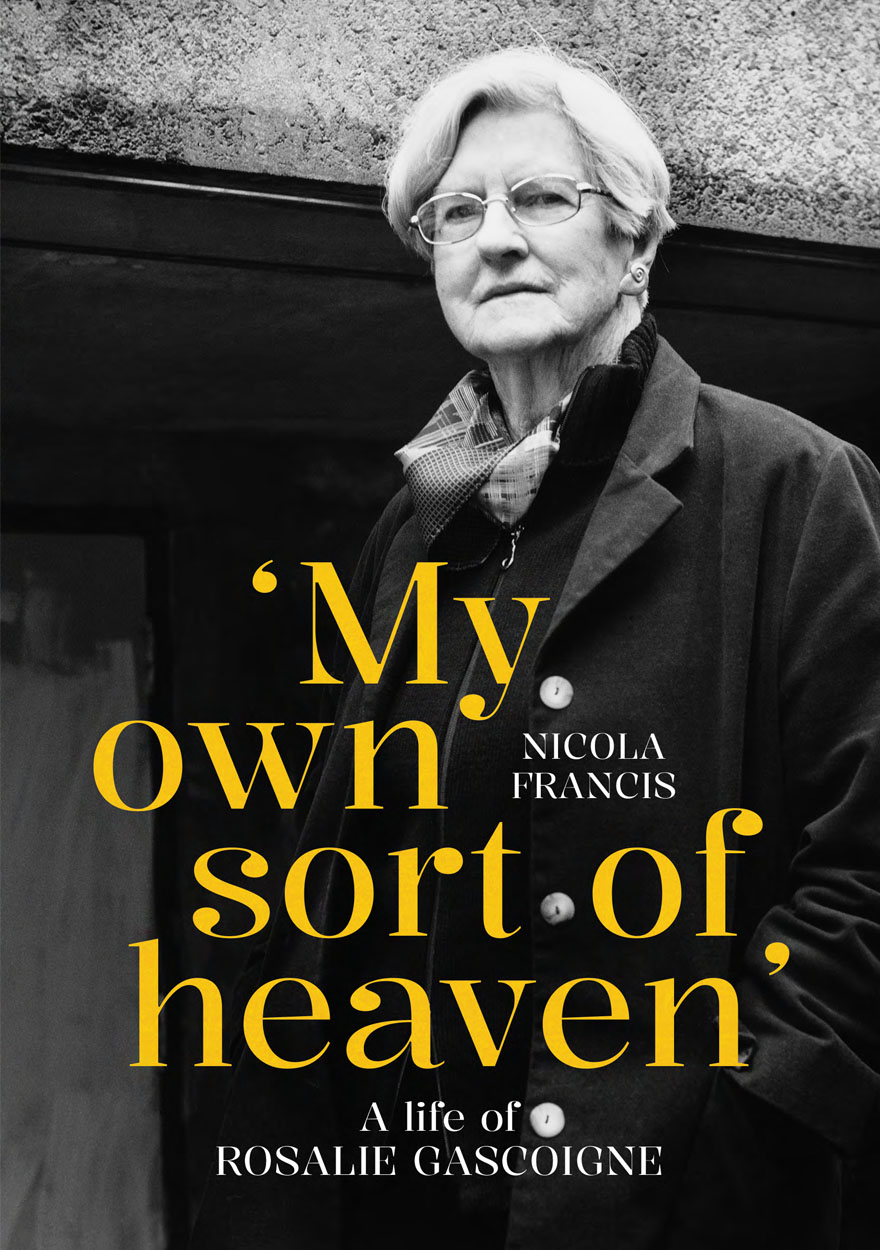

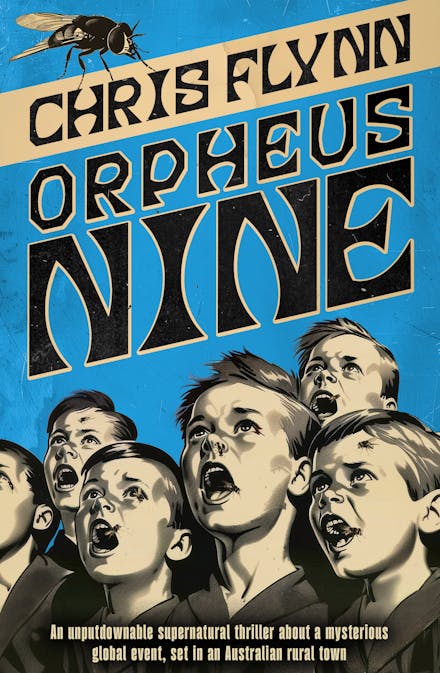
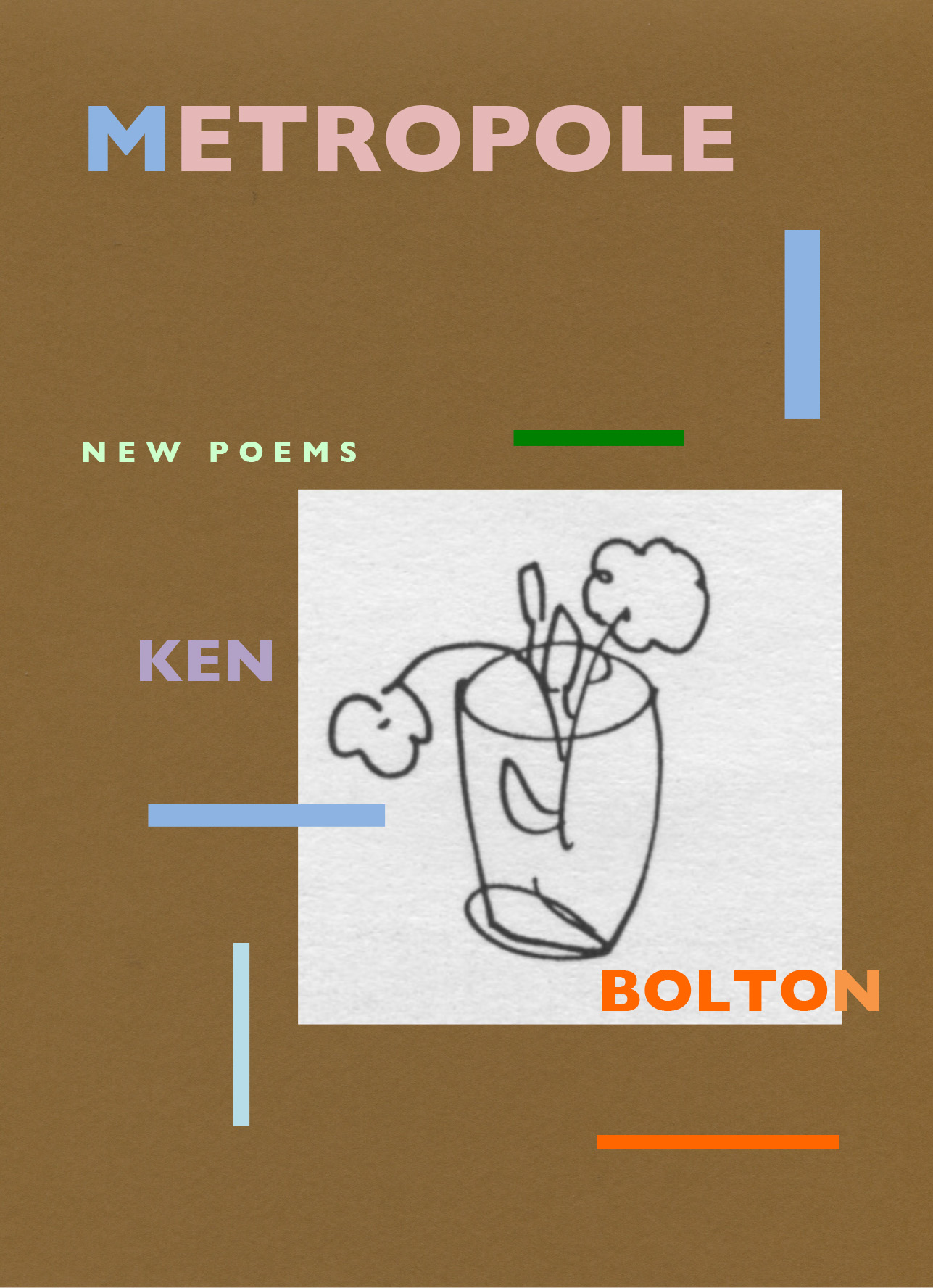
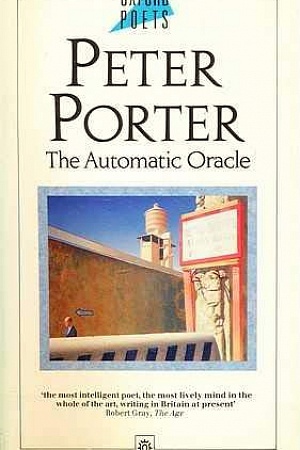
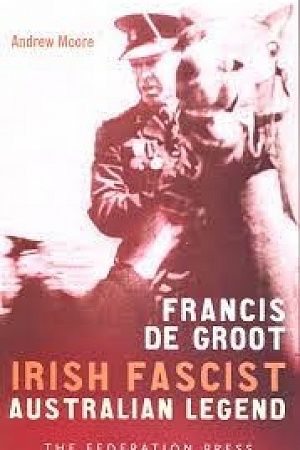






Comment (1)
Leave a comment
If you are an ABR subscriber, you will need to sign in to post a comment.
If you have forgotten your sign in details, or if you receive an error message when trying to submit your comment, please email your comment (and the name of the article to which it relates) to ABR Comments. We will review your comment and, subject to approval, we will post it under your name.
Please note that all comments must be approved by ABR and comply with our Terms & Conditions.